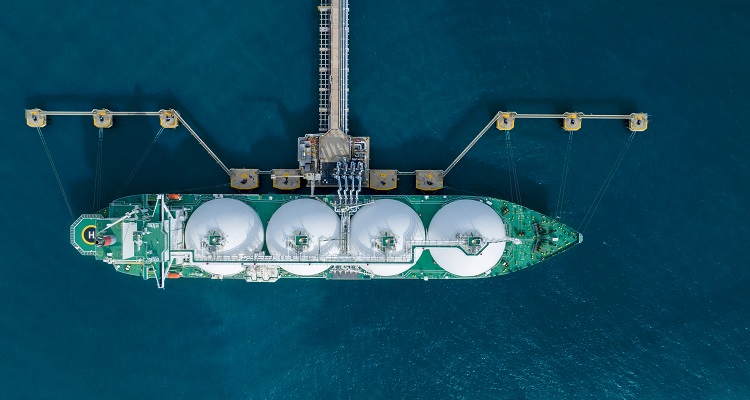Synergy Consulting discusses the rise of LNG as a low-carbon energy source in today’s changing energy landscape
In recent years, natural gas markets have witnessed a wave of uncertainty and unpredictability, largely driven by concerns over supply security and price fluctuations, particularly following Russia's decisions to cut gas supplies to Europe. This prevailing unease has kept industry observers on their toes, and it seemed as if the future of gas was hanging in the balance.
However, a significant transformation is on the horizon, set to alter the dynamics of the global energy landscape. Starting in 2025, a substantial surge in new LNG projects is expected to tip the scales and reshape the way we think about gas as a low carbon energy source.
The shift is dramatic, as, according to the IEA, projects under construction or with final investment decisions already made are poised to add a staggering 250 billion cubic meters per year of LNG liquefaction capacity by 2030. To put this into perspective, it's nearly half of the current global LNG supply, with the majority of these new projects concentrated in the United States and Qatar.
This surge in additional LNG capacity comes at a time when natural gas demand has stabilised since a dramatic increase in the 2010s. And this underscores the multifaceted nature of the global energy landscape and the complex interplay of factors shaping the future of energy consumption. On one hand, the surge in LNG production capacity promises to alleviate concerns regarding gas supply and pricing volatility. On the other hand, it arrives at a time when global gas demand growth has stabilised.
In this context, LNG emerges as a vital tool for low carbon energy usage for several reasons:
• Reducing Carbon Emissions: Natural gas, when burnet, emits significantly fewer greenhouse gases compared to coal and oil. As a cleaner-burning fossil fuel, it plays a crucial role in reducing carbon emissions, making it a valuable bridge towards a more sustainable energy future.
• Flexible Energy Supply: LNG is highly versatile, enabling it to cater to a variety of energy needs, from electricity generation, heating, and even as a fuel for transportation, offering a broad spectrum of applications to meet diverse energy demands.
• Energy Security: The diversification of energy sources through LNG helps enhance energy security by reducing dependence on a single energy supplier or route.
This surge in LNG projects represents a significant turning point in the world's pursuit of low carbon energy solutions. LNG's potential to reduce emissions, offer flexibility, enhance energy security, and stabilise markets underscores its importance as a crucial tool for a more sustainable and balanced energy future. However, striking the right balance between supply and demand in the evolving energy landscape will be pivotal, ensuring that LNG continues to play a central role in our low carbon energy transition.
This article is authored by Synergy Consulting IFA





